




Author: Dr. Garima Bishwas
Yoga 0
Interstitial Cystitis (IC), also known as Bladder Pain Syndrome (BPS), is a long-term condition that causes chronic pain and discomfort in the bladder and pelvic area. Although it is not widely discussed, it affects millions of people worldwide, especially women.
Understanding what interstitial cystitis is and what bladder pain syndrome is is essential because these conditions can significantly impact daily life. The persistent discomfort, frequent urination, and sleep disturbances can lead to stress, anxiety, and even depression. Early recognition of the symptoms of bladder pain syndrome can lead to better management and an improved quality of life.
What Is Interstitial Cystitis/Bladder Pain Syndrome?
So, what is interstitial cystitis? It's a chronic bladder health issue characterised by pain, pressure, and discomfort in the bladder area. Often, the symptoms resemble a urinary tract infection (UTI), but without any bacterial infection present.
Unlike UTIs, what is bladder pain syndrome is not caused by bacteria and does not improve with antibiotics. This makes the diagnosis more complex and can lead to misdiagnosis. People may experience ongoing bladder pain and urinary issues without any detectable infection.
IC/BPS is considered a diagnosis of exclusion, meaning it is only diagnosed after ruling out other similar conditions. That makes understanding what interstitial cystitis is even more important for patients and caregivers alike.
Interstitial Cystitis, or Bladder Pain Syndrome: Causes and Risk Factors
The causes of bladder pain syndrome remain uncertain. However, researchers believe that several factors may contribute to the development of IC/BPS:
1. Bladder Lining Defects:
Damage to the protective lining of the bladder may allow irritating substances in the urine to inflame the bladder wall.
2. Autoimmune Response:
The body might mistakenly attack its bladder tissues.
3. Inflammation:
Chronic inflammation can lead to bladder wall thickening and scarring.
4. Nerve Sensitivity:
Some individuals may have hypersensitive nerves in the bladder, causing pain and urgency.
In terms of risk factors, the following groups are more likely to be affected:
-
Gender: IC/BPS is significantly more common in women than in men.
-
Age: It typically affects people in their 30s or 40s but can occur at any age.
-
Chronic Pain Conditions: Conditions like fibromyalgia, irritable bowel syndrome (IBS), or endometriosis are often found alongside IC/BPS.
Understanding the causes of bladder pain syndrome can help patients recognize symptoms early and seek appropriate treatment.
Interstitial Cystitis, or Bladder Pain Syndrome: Common Symptoms
Symptoms of bladder pain syndrome can vary in intensity and frequency but generally include:
1. Persistent Bladder or Pelvic Pain:
A constant ache or pressure that can intensify as the bladder fills.
2. Urinary Urgency and Frequency:
A frequent need to urinate, sometimes as often as 60 times a day in severe cases.
3. Pain During Intercourse:
Especially common in women with IC/BPS.
4. Pain Relief After Urination:
Some patients feel better temporarily after emptying the bladder.
5. Disrupted Sleep:
Nocturia (frequent nighttime urination) can severely affect sleep quality.
Recognizing these symptoms of bladder pain syndrome is crucial for seeking timely help and managing the condition effectively.
How to Diagnose Interstitial Cystitis or Bladder Pain Syndrome
Diagnosing what is interstitial cystitis or what is bladder pain syndrome is a process of elimination. There’s no single definitive test, but a combination of assessments helps physicians make an accurate diagnosis.
1. Diagnostic Process:
-
Physical Examination and Patient History: A thorough review of symptoms and medical background.
-
Urinalysis: To rule out infections or blood in the urine.
-
Cystoscopy: A camera is inserted into the bladder to examine its lining for ulcers or inflammation.
-
Bladder Diary: Keeping a record of urination patterns helps identify abnormalities.
-
Potassium Sensitivity Test: A test that evaluates the bladder’s response to potassium, which can indicate IC/BPS.
Diagnosis involves ruling out other conditions like urinary tract infections, bladder cancer, or overactive bladder syndrome.
Interstitial Cystitis or Bladder Pain Syndrome Treatment Options
There is no single cure for IC/BPS, but many treatment options can help manage the condition.
a. Lifestyle & Diet Modifications
-
Avoid Trigger Foods: Caffeine, alcohol, citrus fruits, chocolate, and spicy foods are known to irritate the bladder.
-
Bladder Training: Techniques that train the bladder to hold urine for longer can reduce frequency.
-
Stress Reduction: Yoga, meditation, and breathing exercises can help ease symptoms.
b. Medications
-
Oral Medications: Pain relievers, anti-inflammatories, or medications like pentosan polysulfate sodium (Elmiron).
-
Bladder Instillations: Medications are directly inserted into the bladder to reduce irritation.
-
Antihistamines & Antidepressants: Sometimes used off-label to manage bladder pain and improve sleep.
c. Physical Therapy
-
Pelvic Floor Therapy: Helps relieve muscle tension in the pelvic floor.
-
Stretching & Relaxation: Gentle movements and postures can ease pelvic discomfort.
d. Other Interventions
-
Nerve Stimulation: Electrical impulses are used to block pain signals.
-
Bladder Distention: The bladder is stretched with water or gas under anesthesia, sometimes providing temporary relief.
-
Surgery: A last resort when all other treatments have failed.
These options vary in effectiveness from person to person. A personalized treatment plan is often the best approach to managing what is bladder pain syndrome.
Coping & Living with IC/BPS
Living with IC/BPS can be emotionally and physically taxing. Here are some coping strategies:
-
Mental Health Care: Anxiety and depression are common; consider therapy or counseling.
-
Support Groups: Connecting with others who understand your struggle can be healing.
-
Track Triggers: Maintain a symptom diary to identify foods, activities, or stressors that worsen your condition.
Being proactive and well-informed about what is interstitial cystitis makes living with this condition more manageable.
Conclusion
Understanding what is interstitial cystitis is or what bladder pain syndrome is is the first step in managing this life-altering condition. While there's no definitive cure, many people find significant relief through lifestyle adjustments, medical therapies, and supportive care. If you're experiencing any symptoms of bladder pain syndrome, don't ignore them—early diagnosis and a personalized treatment plan can make a world of difference.
Remember, you are not alone. With the right support and care, IC/BPS is manageable, and a fulfilling life is entirely possible.
Frequently Asked Questions
Add comment
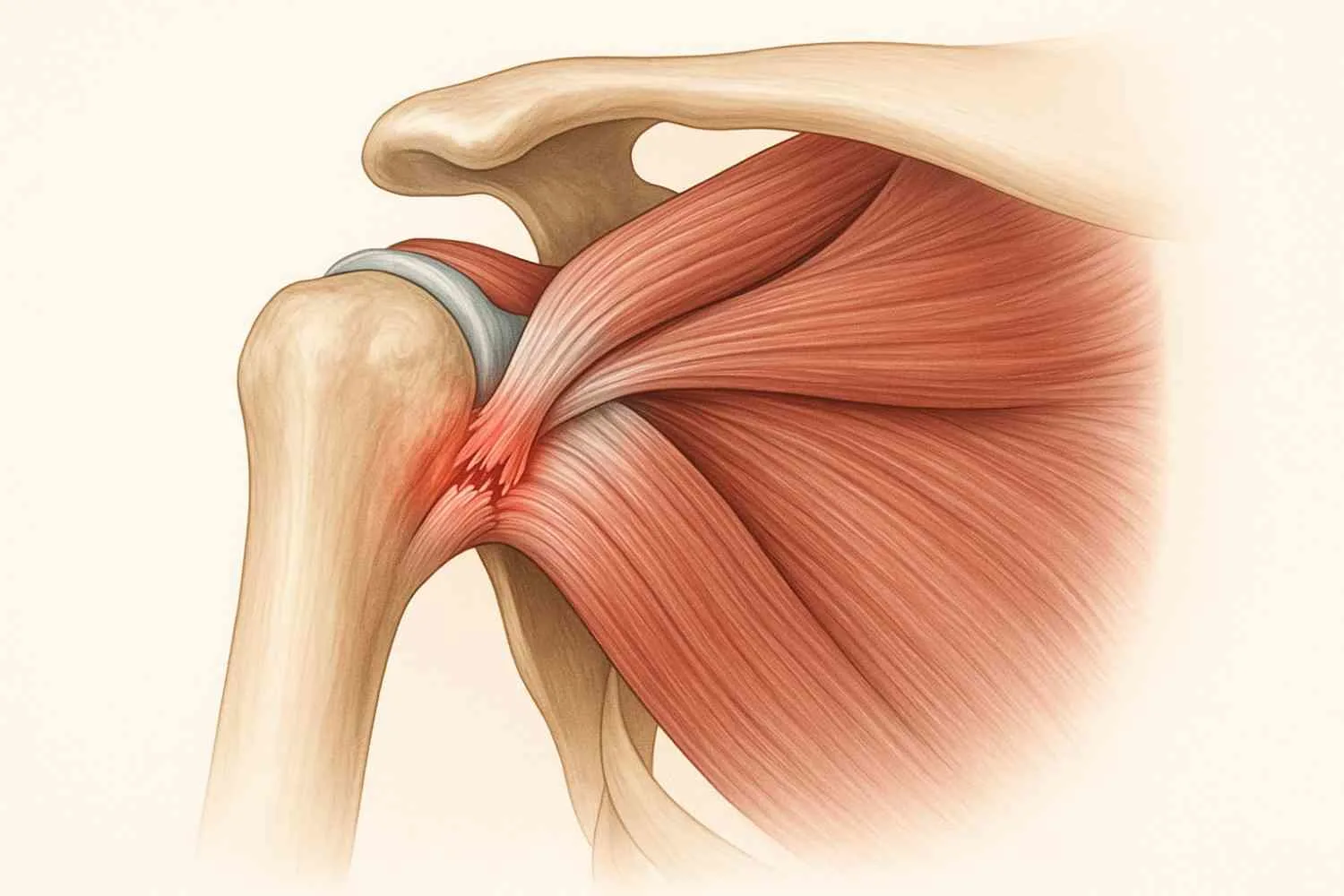
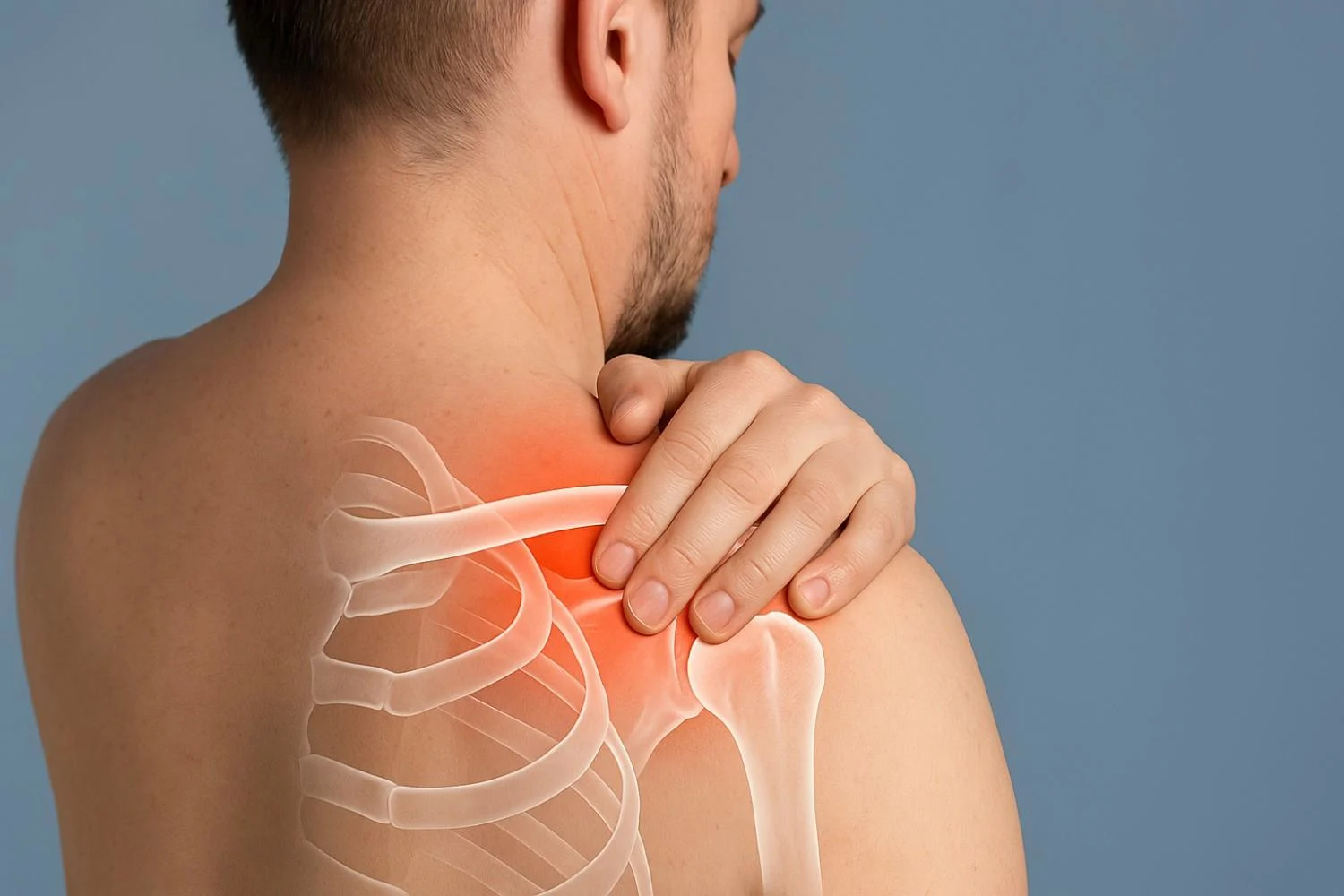
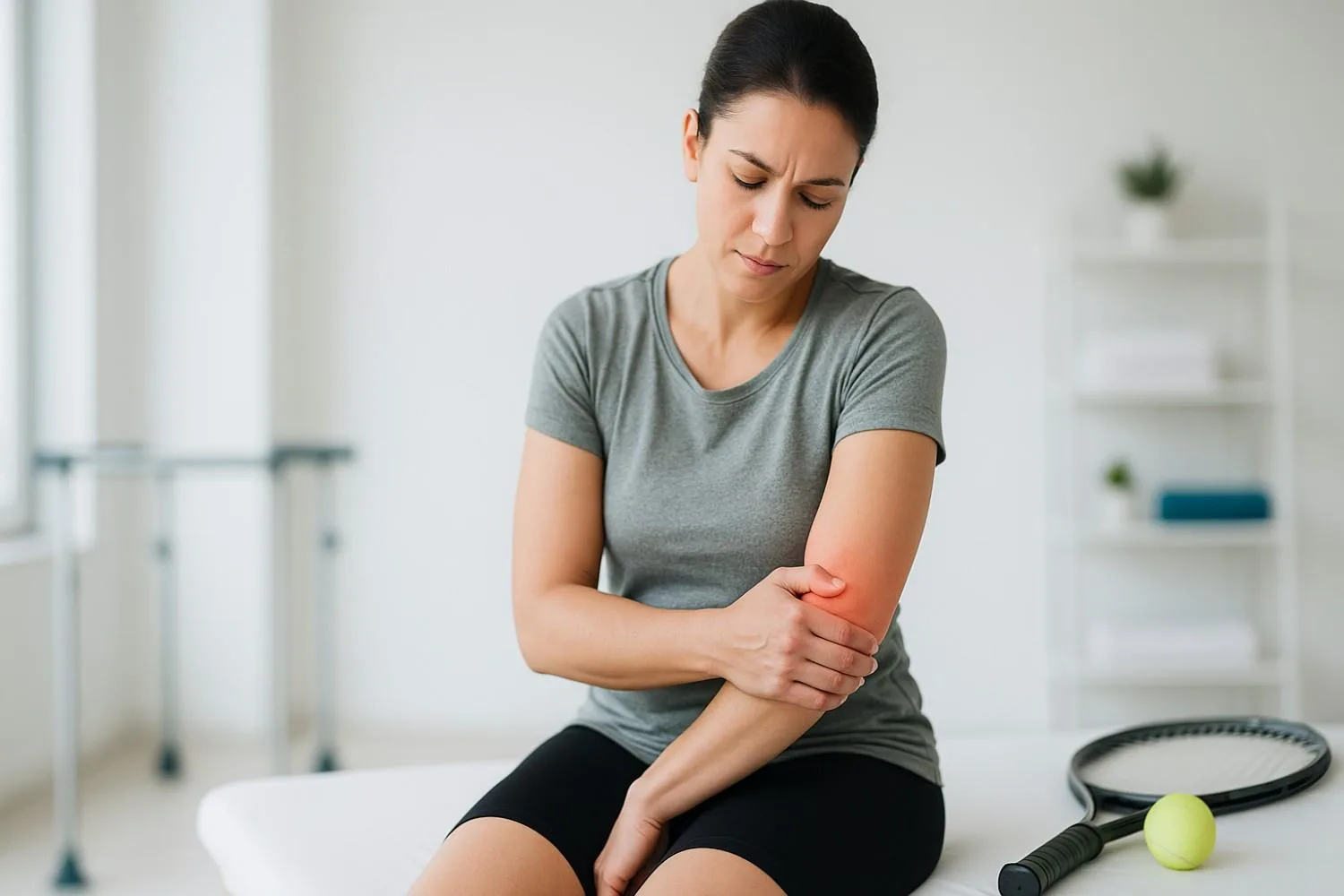
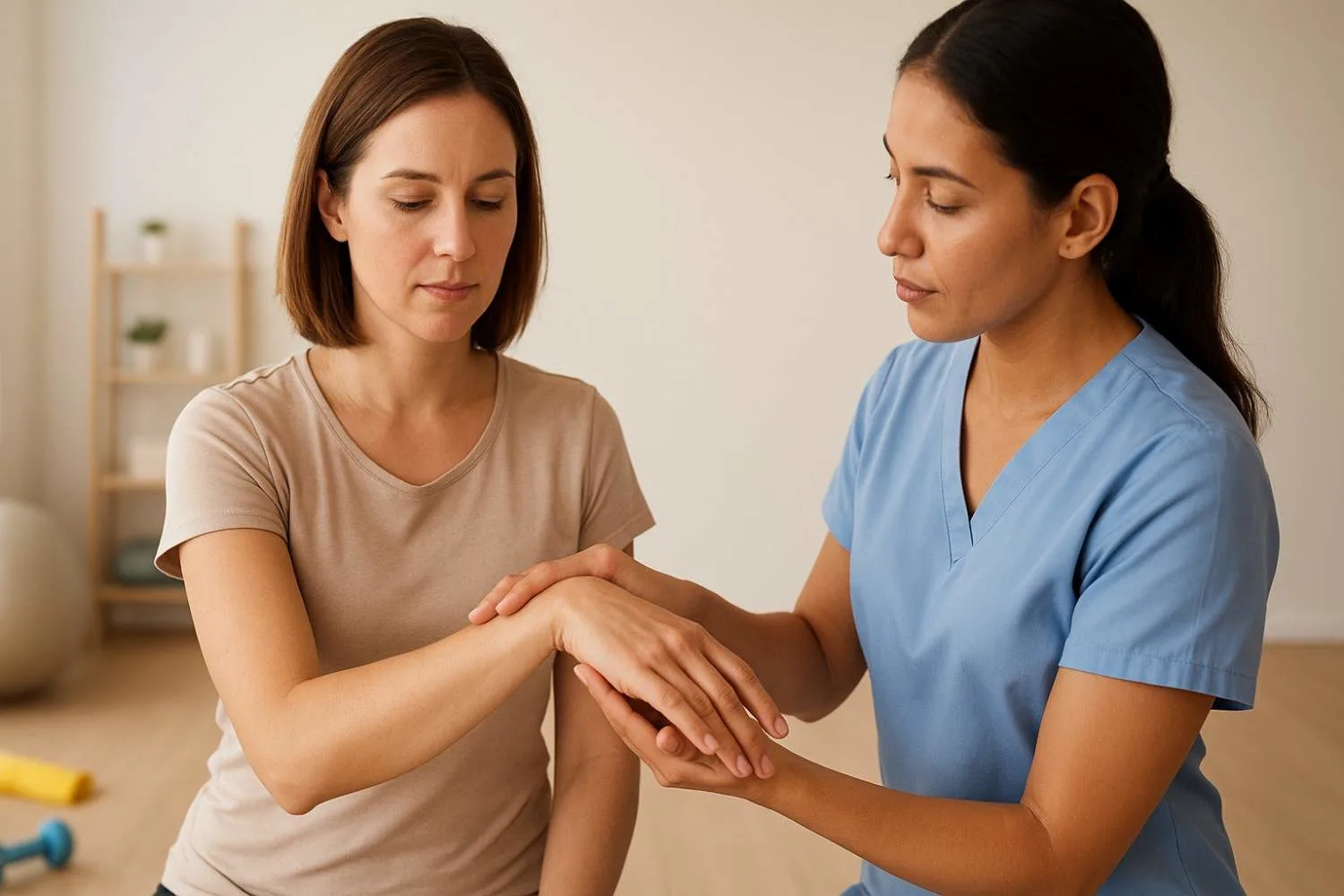
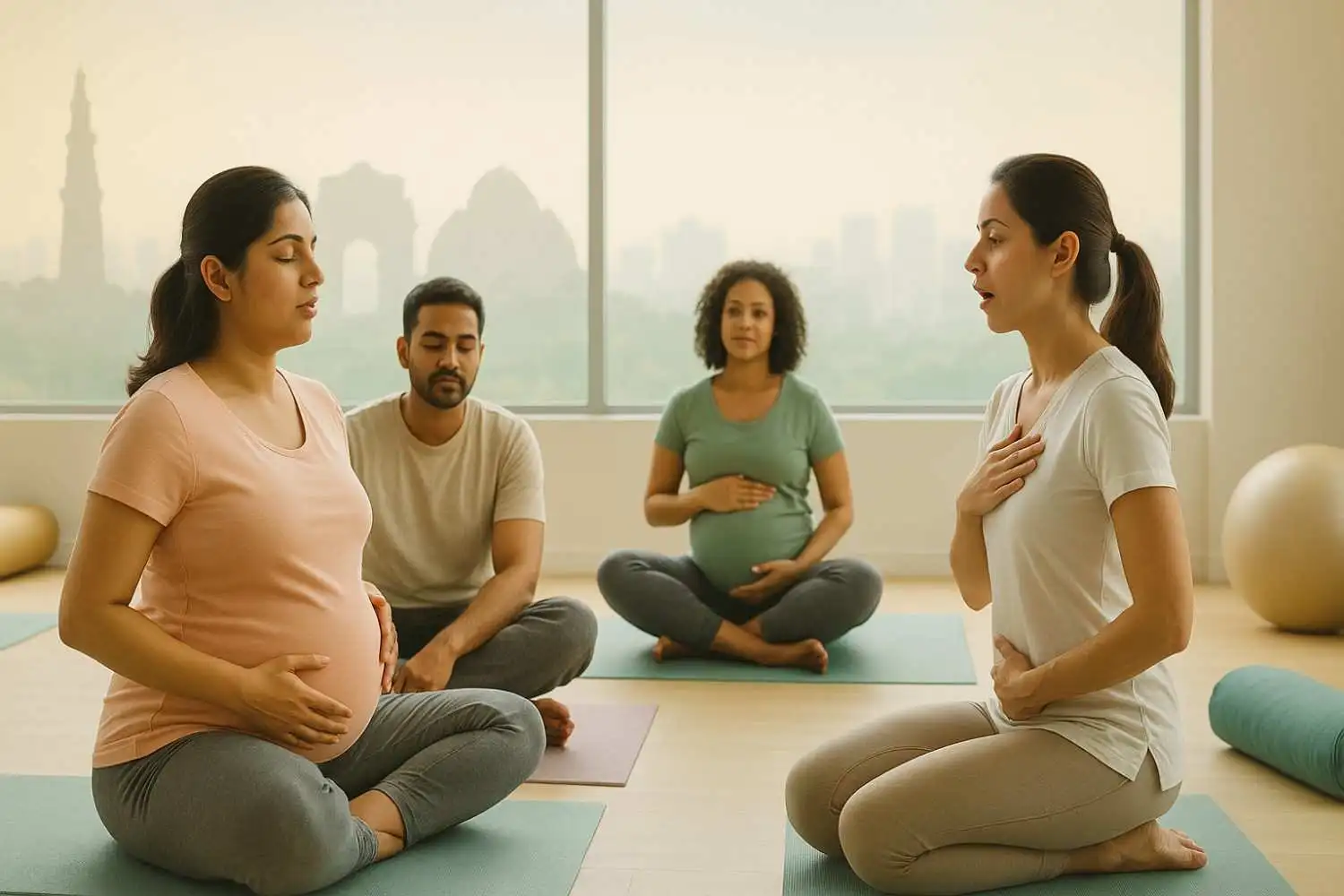
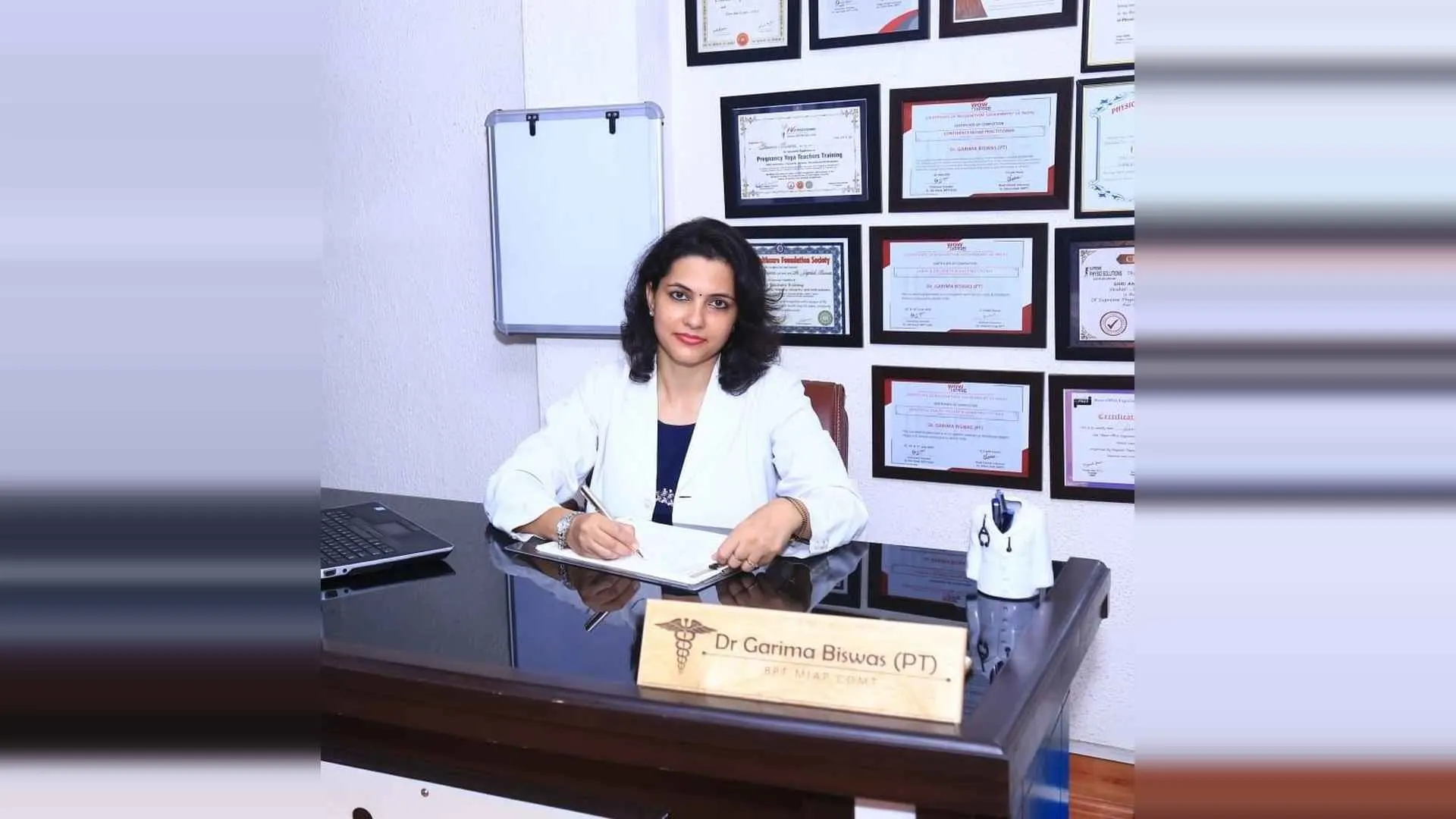
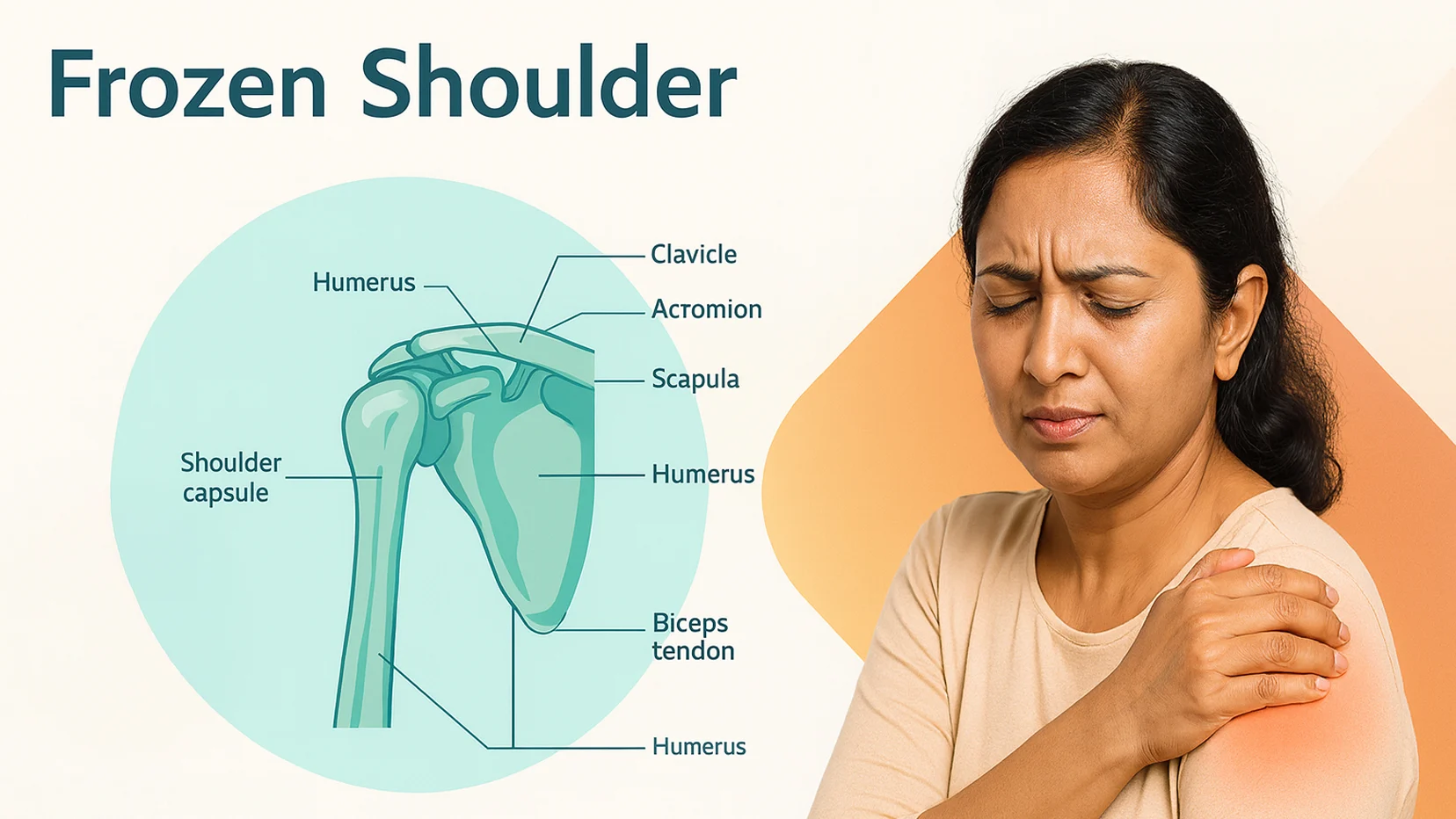
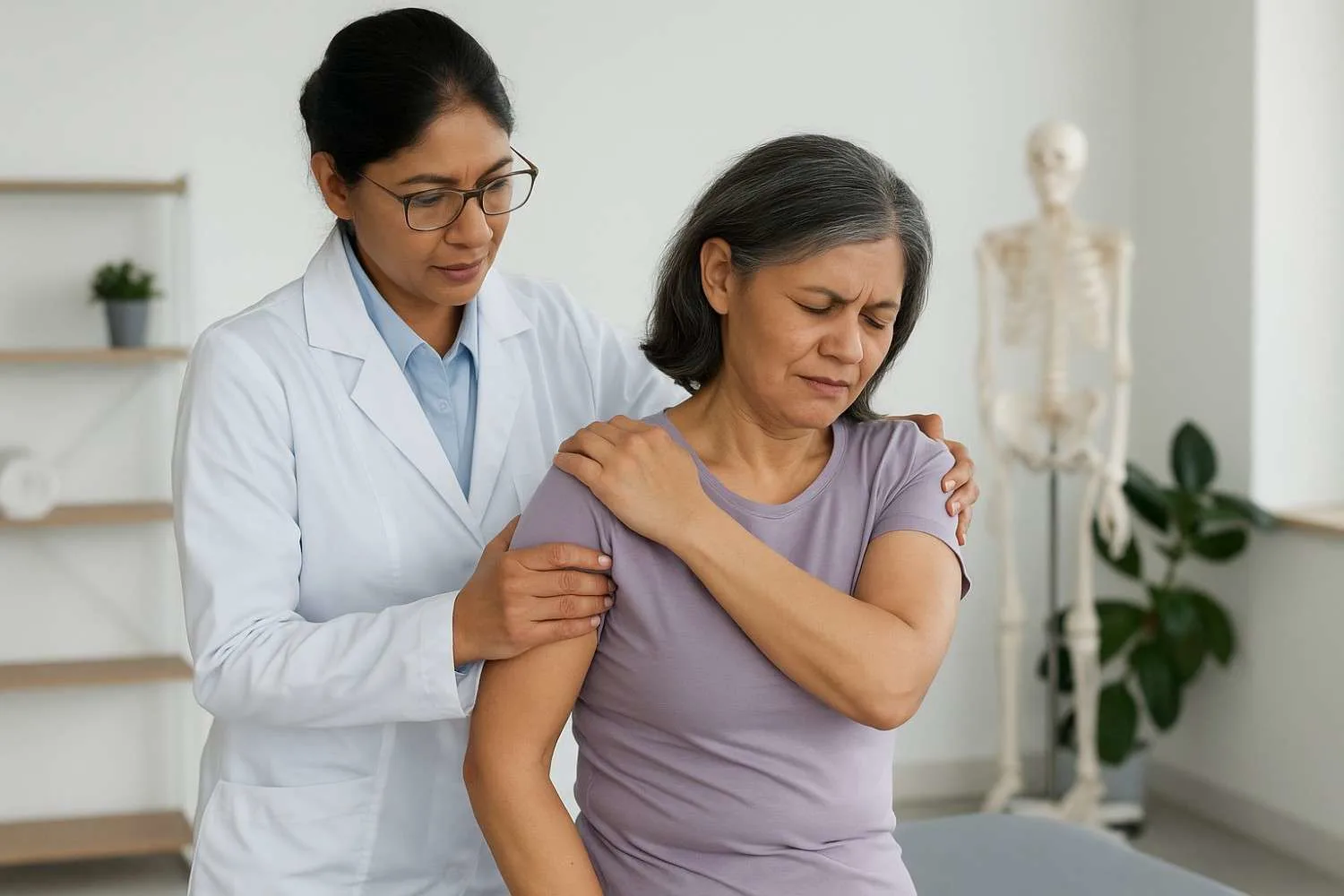
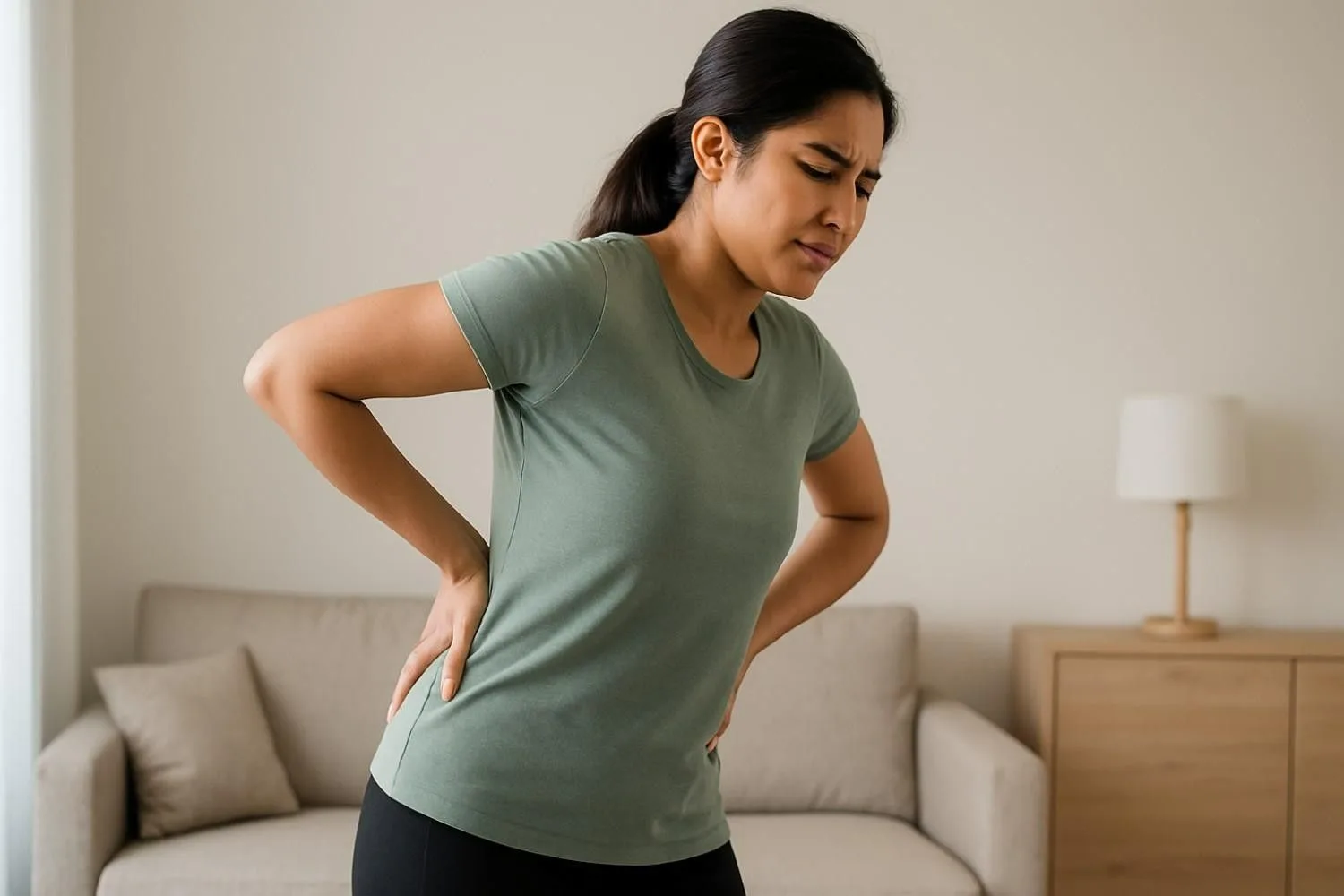
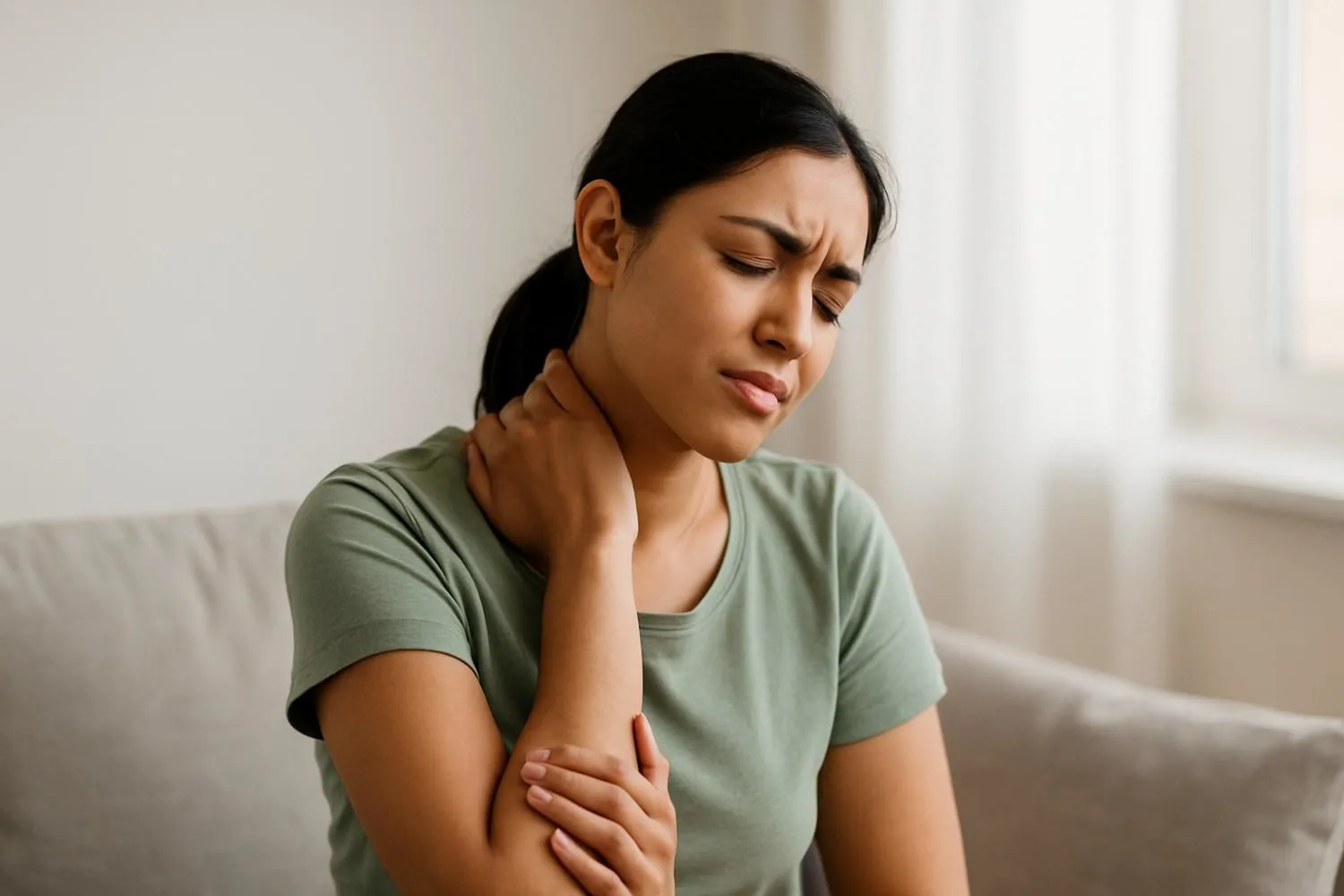
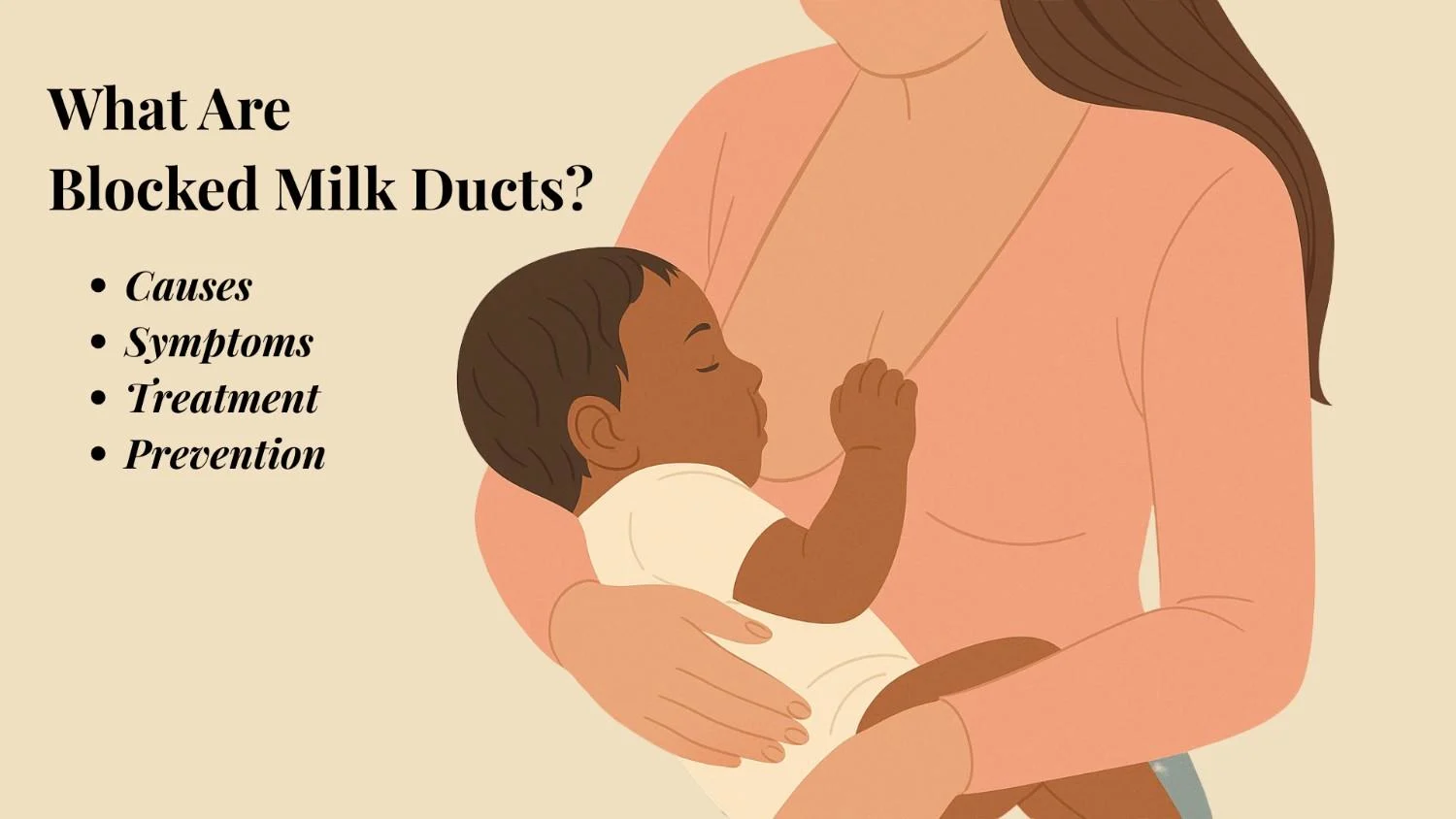
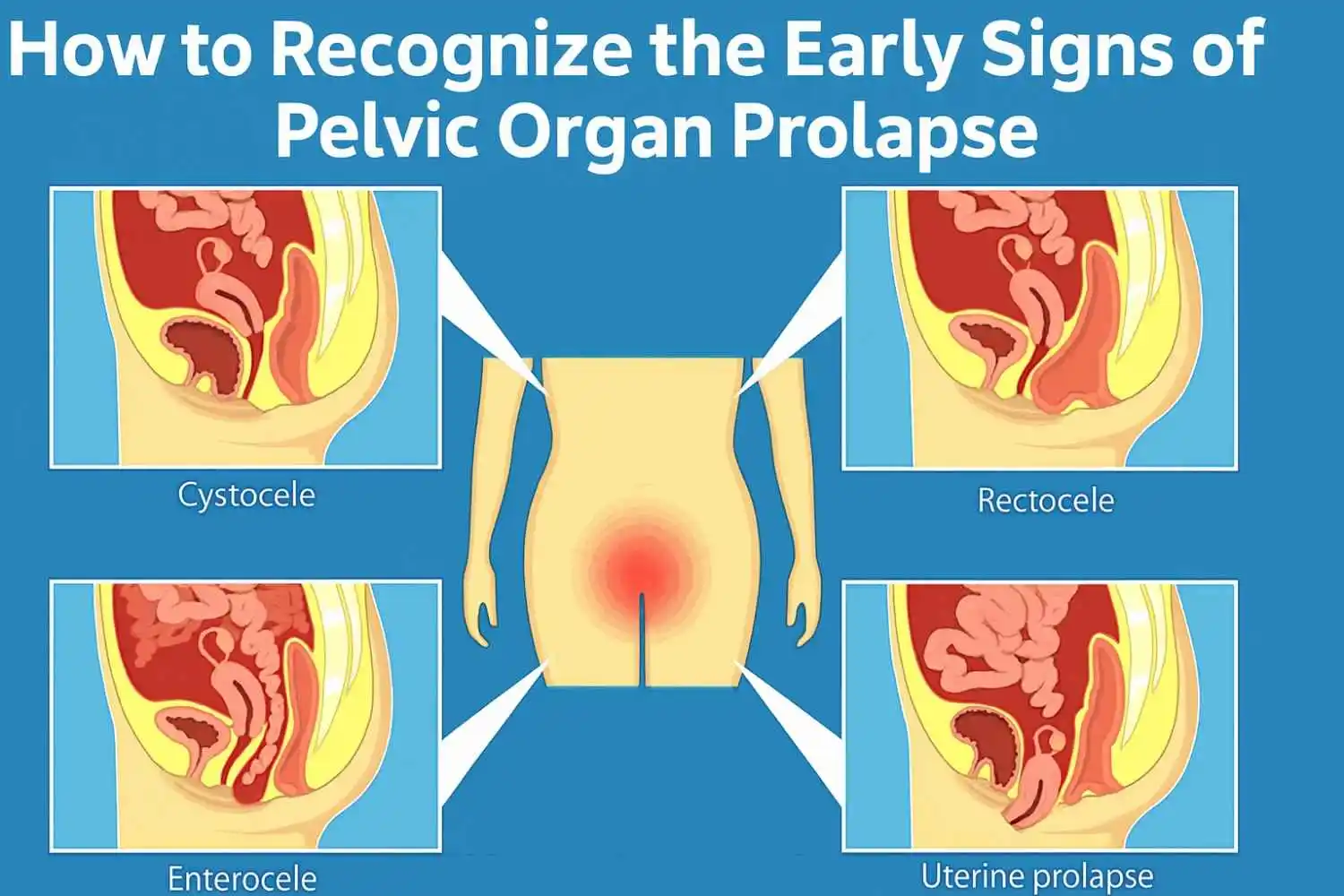
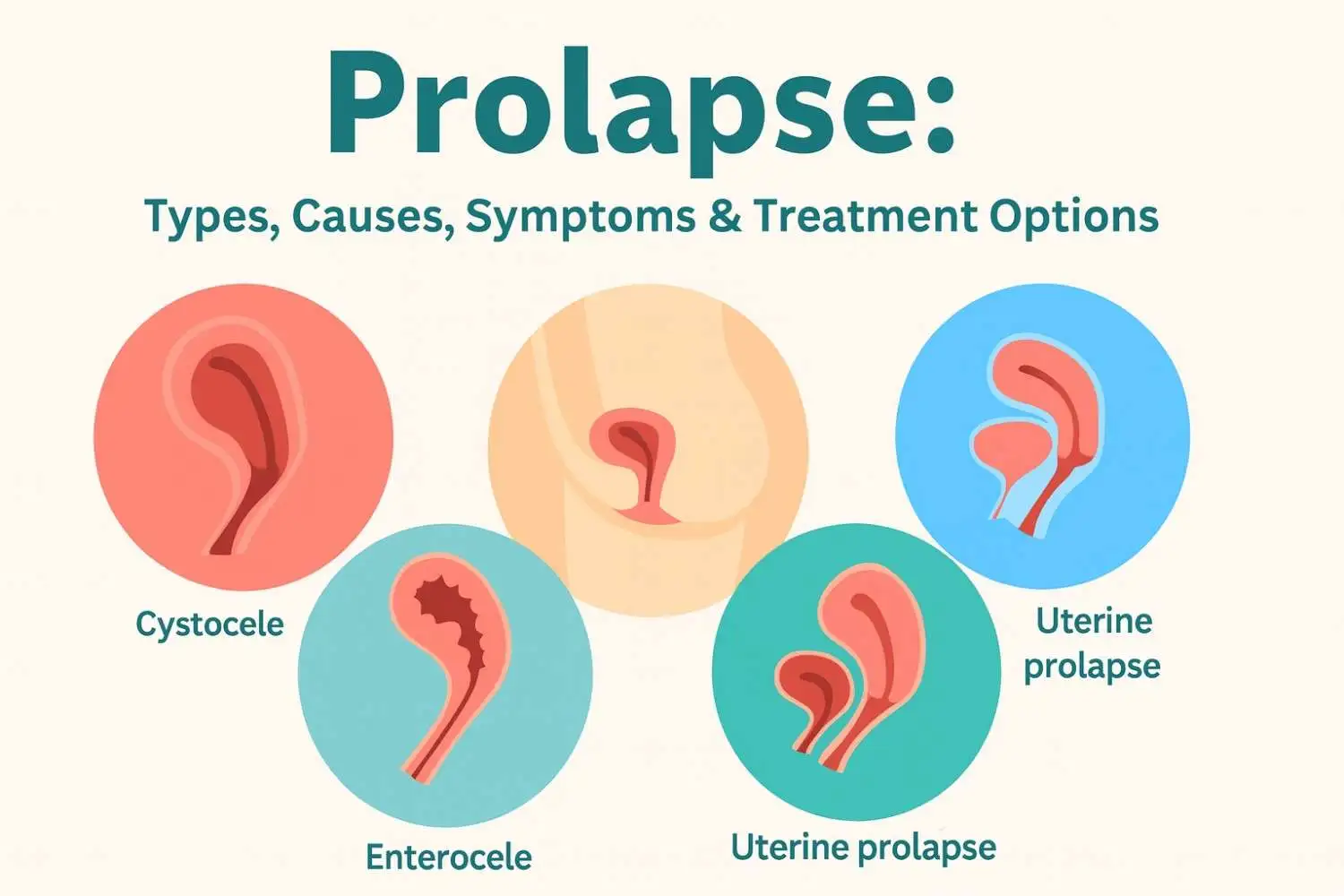









.webp)





.jpg)






































